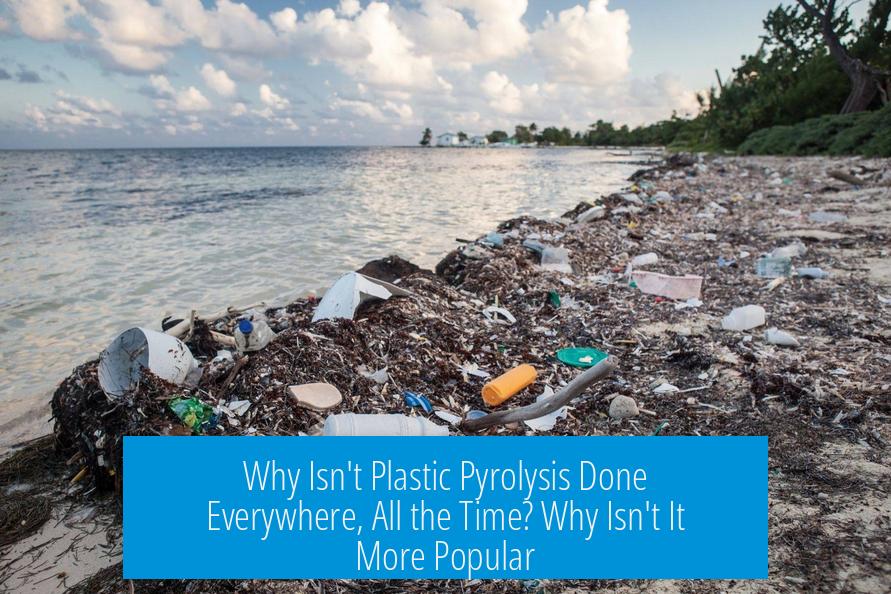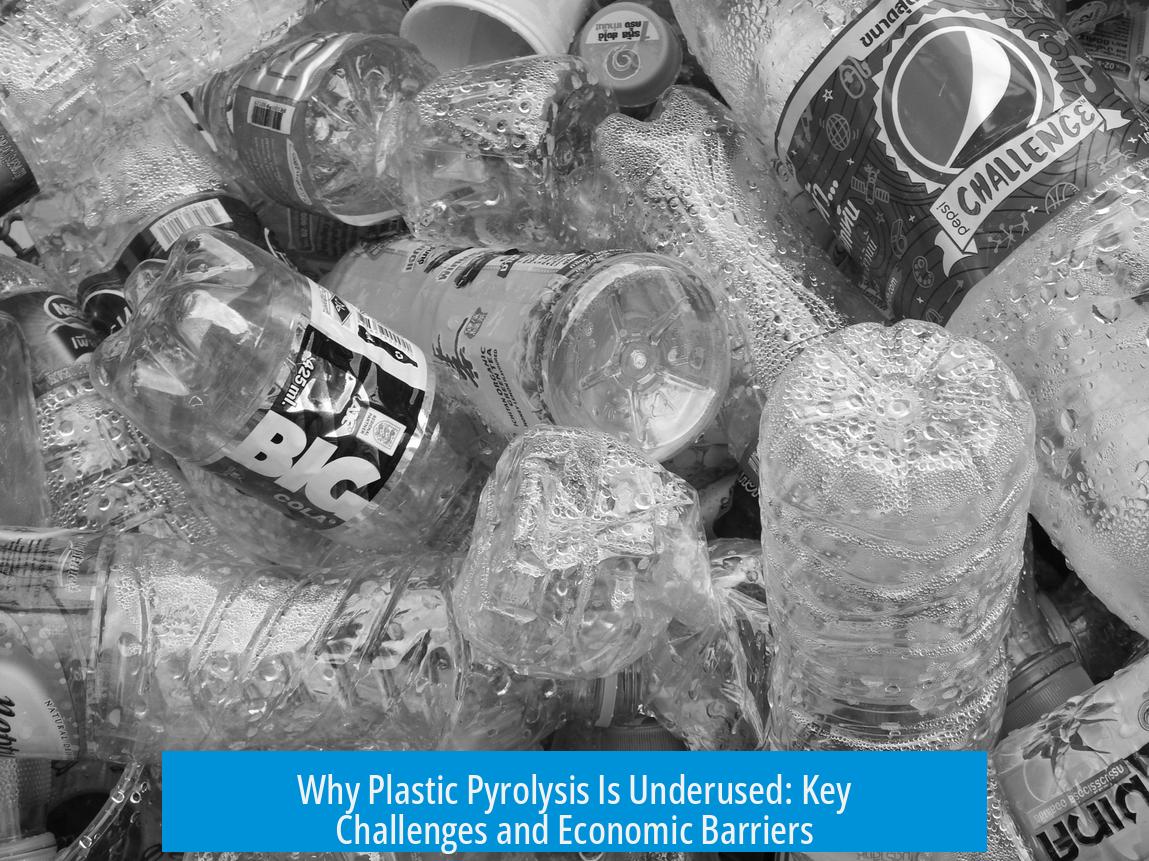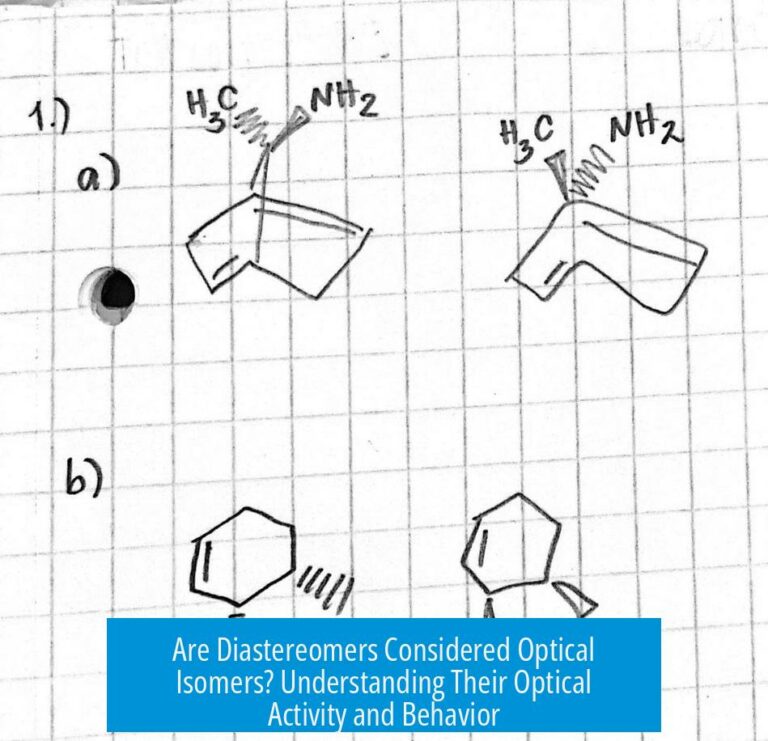Why Isn’t Plastic Pyrolysis Done Everywhere, All the Time? Why Isn’t It More Popular?

Plastic pyrolysis is not done universally or continuously because it faces significant technical, economic, and practical challenges that limit its widespread adoption and popularity.
1. Technical and Process Challenges
1.1 Low Yield and Unfavorable Product Distribution
Pyrolysis of plastics results in a complex mix of products: gases, liquids, waxes, and tars. The output is often low in yield and quality for useful fuels.
- The process typically produces carbon, carbon dioxide, and methane as major gases.
- Oils generated from pyrolysis often contain problematic tarry substances that make refining difficult.
- Products are unstable and do not resemble conventional crude oil, limiting straightforward processing.
1.2 Energy-Intensive Process
The pyrolysis process requires substantial energy input, often making it uneconomical.
- Heating plastics to the necessary temperatures consumes large amounts of energy.
- Energy input can exceed the energy value of the fuels produced.
- Energy sources are usually fossil fuels, partially negating environmental benefits.
- Hydrogen gases, sometimes needed, add further energy demand due to their production process.
1.3 Complexity From Plastic Additives and Contaminants
Plastics contain a variety of additives and contaminants that complicate pyrolysis.
- Plasticizers, dyes, flame retardants, and fillers introduce unknown or hazardous byproducts.
- Halogenated plastics, such as PVC, release toxic halogens, rendering pyrolysis more dangerous.
- Sorting out contaminants requires additional processing steps and is technically complex.
- The diversity of plastic types in waste streams makes standardization difficult.
1.4 Safety and Operational Complexity
Operating pyrolysis presents safety and complexity challenges.
- The process may involve explosive or hazardous chemicals and gases.
- Vacuum environments are necessary to prevent unwanted reactions but add complexity.
- Handling toxic emissions requires specialized equipment and protocols.
- The overall setup makes industrial scale operations complicated and costly.
2. Economic and Scale Issues
2.1 High Costs and Low Profitability
Plastic pyrolysis currently struggles with economic viability.
- Energy requirements drive operating costs high relative to output value.
- Upfront capital costs for plants are considerable.
- Producing fuels from plastic wastes is more expensive than producing them from virgin petrochemical feedstocks.
- Estimated fuel costs from pyrolysis oil can reach $15-$22 per gallon, far above market prices.
2.2 Scalability and Industrial Maturity
The technology is still under development and not widely industrialized.
- Few commercial plants operate at scale; many are pilot projects or small-scale prototypes.
- Process optimization and efficiency improvements are ongoing.
- Scaling challenges include variable feedstock quality and process stability.
- Regions with established petrochemical infrastructure show less urgency to adopt pyrolysis.
2.3 Collection, Sorting, and Cleaning Costs
Proper feedstock preparation is crucial yet costly and labor-intensive.
- Sorting plastics requires considerable manpower and water use.
- Removing contaminants like food residues, metals, bacteria, and non-plastic materials complicates the supply chain.
- Cleaning uses solvents derived from fossil fuels, adding to environmental and cost burdens.
- Efficient sorting systems remain a technical hurdle due to plastics’ heterogeneity.
3. Alternatives and Current Practices
3.1 Incineration as the Current Practical Method
Incineration is the most common method for dealing with non-recyclable plastic waste.
- It efficiently reduces waste volume and recovers some energy.
- Incineration infrastructure is widely available and industrially mature.
- Costs and operational complexity are lower compared to pyrolysis.
- However, it produces emissions and ash requiring management.
3.2 Plastic Reduction and Mechanical Recycling
Reducing single-use plastics and expanding mechanical recycling remain preferred strategies.
- Mechanical recycling requires less energy and retains polymer qualities.
- Recycling infrastructure is better developed and more economically viable currently.
- Reduction efforts lower plastic waste and the need for energy-intensive treatments.
3.3 Post-Pyrolysis Product Utilization Challenges
Converting pyrolysis oil into useful products faces difficulties.
- Using the oil to produce clean fuels is challenging due to contaminants and poor combustion properties.
- Reprocessing the oil into plastics faces issues from mixed compositions and impurities.
- The potential uses of pyrolysis output may not justify the costs and complexity.
Summary: Why Plastic Pyrolysis Is Not More Popular
- Pyrolysis faces technical limitations: low product yields, complex mixtures, and tar formation create processing challenges.
- The energy-intensive nature often leads to negative net energy gains and high costs.
- Plastic additives and contaminants introduce hazardous byproducts and complicate operations.
- Economic barriers include high collection, sorting, and cleaning costs plus lack of scale.
- The technology remains immature and not widely deployed at industrial scale.
- Incineration and mechanical recycling offer simpler, more practical disposal and reuse methods today.
- Efforts focus more on plastic reduction and mechanical recycling rather than heavy reliance on pyrolysis.





Leave a Comment